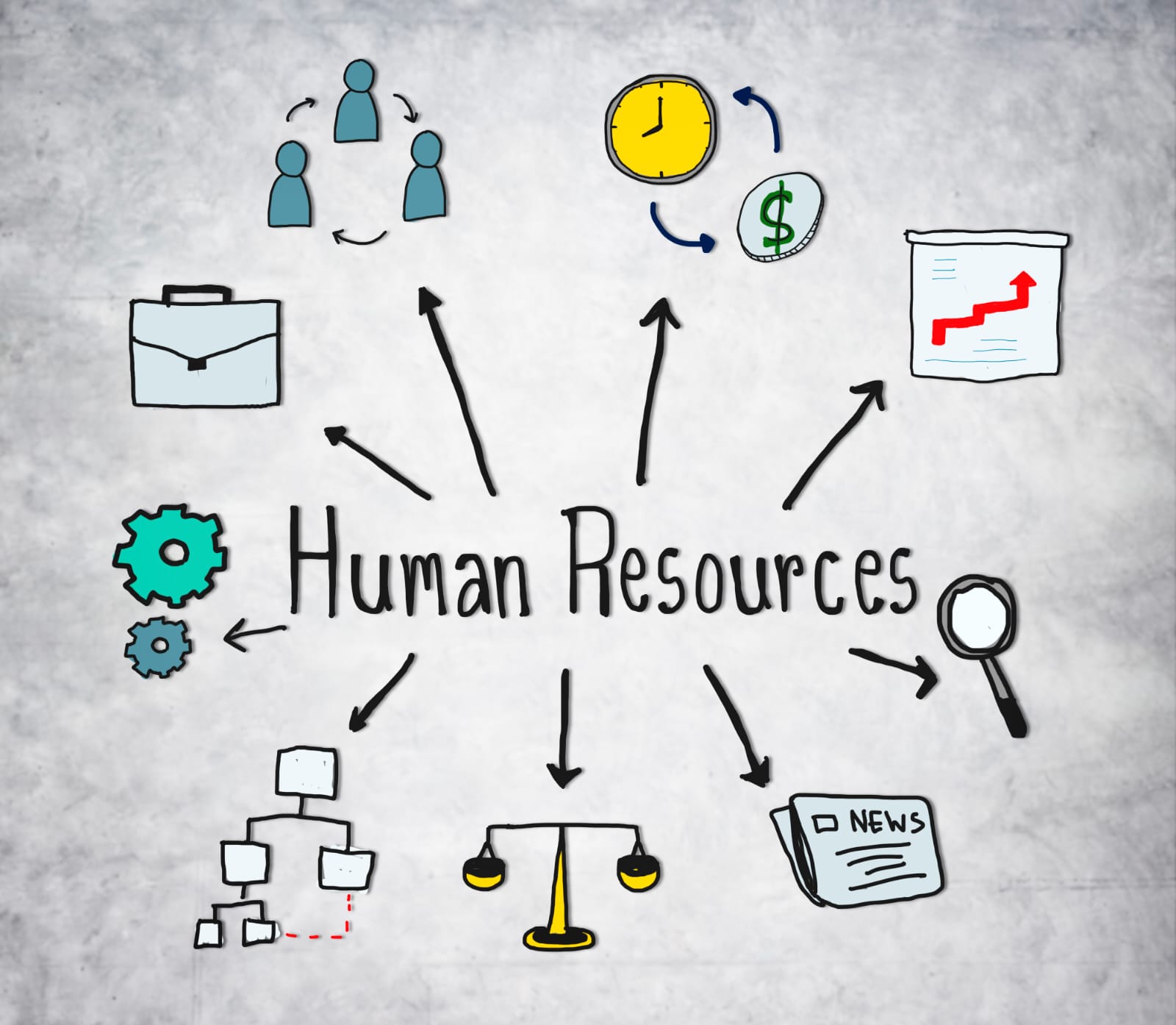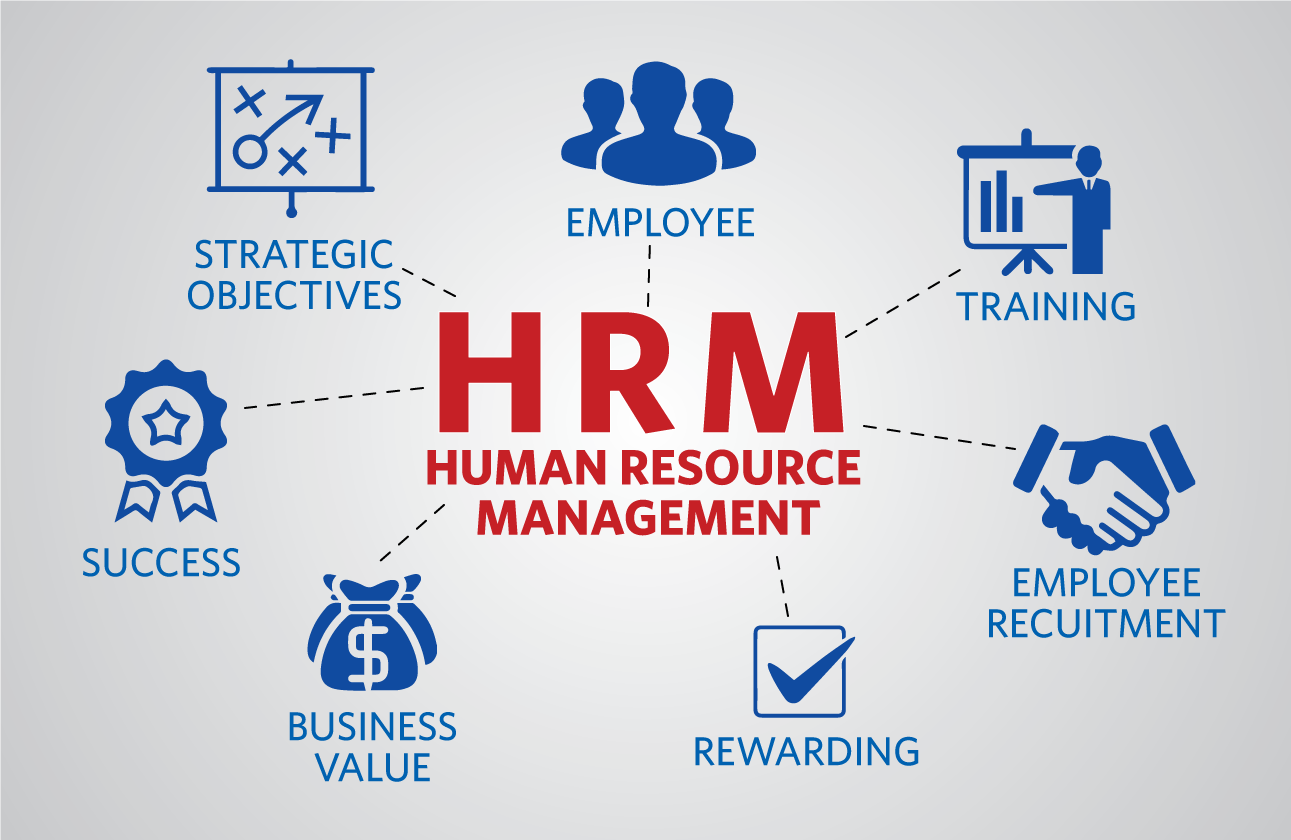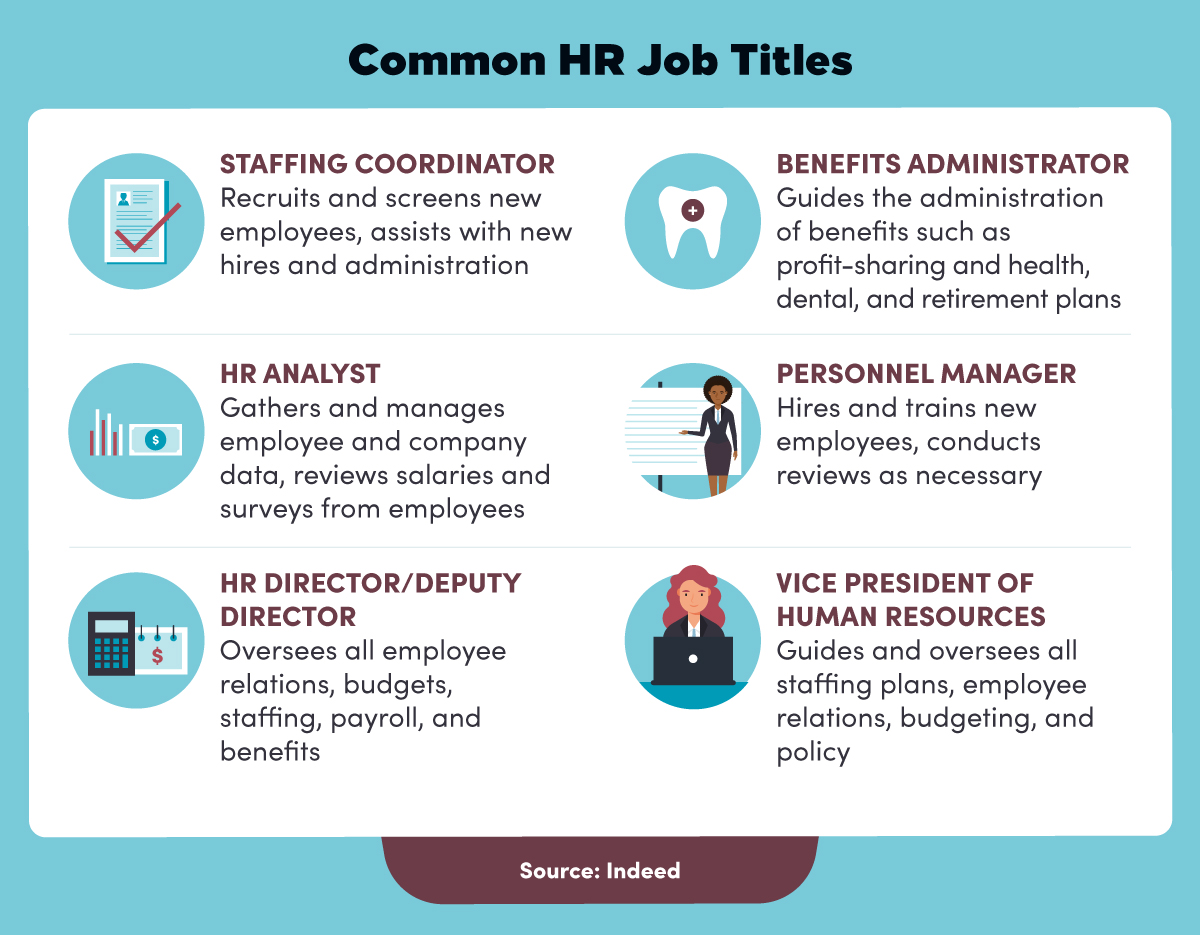
Human resource management
Human Resource Management (HRM) – it might sound a bit stuffy, but it’s essentially about taking care of the people who make your company tick. Think of it as the art and science of managing your workforce effectively.
In today’s competitive world, having a happy and productive team is crucial for success. That’s where HRM comes in. It’s about more than just hiring people – it’s about creating a positive work environment, fostering employee growth, and ensuring everyone feels valued and supported.
Here’s a relaxed look at some key aspects of HRM:
Hiring the Right People

Finding the right people for the job is the foundation of any successful company. It’s not just about finding someone with the necessary skills, but also someone who fits well with your company culture.
Focus on cultural fit: Look for candidates who share your company values and will thrive in your work environment.
Creating a Positive Work Environment
A positive work environment is essential for employee happiness and productivity. It’s about more than just free coffee and ping pong tables (although those don’t hurt!).

Foster open communication: Encourage open and honest communication between employees and management.
Developing Your Employees
Investing in your employees’ growth is a smart long-term strategy. It not only benefits your employees but also improves your company’s overall performance.
Provide opportunities for training and development: Offer workshops, seminars, and mentorship programs to help employees enhance their skills.
Building a Strong Company Culture
Company culture is the unique personality of your organization. It’s the shared values, beliefs, and behaviors that define how things are done.
Define your company values: Clearly articulate your company’s core values and ensure that all employees understand and uphold them.
Managing Employee Performance
Regularly evaluating employee performance is crucial for both employees and the company.
Set clear expectations: Clearly define performance goals and expectations for each role.
Ensuring Employee Well-being
Employee well-being is becoming increasingly important in today’s workplace.
Promote physical and mental health: Offer programs such as wellness challenges, stress management workshops, and access to mental health resources.
Staying Compliant
Staying compliant with all relevant labor laws and regulations is essential for any business.
Understand and comply with labor laws: Stay up-to-date on all relevant employment laws, including those related to wages, hours, discrimination, and safety.
Leveraging Technology
Technology can significantly streamline HR processes and improve efficiency.
Use HR software: Utilize HR software to manage tasks such as recruitment, onboarding, payroll, and performance reviews.
The Importance of Diversity and Inclusion
Creating a diverse and inclusive workplace is not just the right thing to do – it’s also good for business.
Build a diverse workforce: Actively recruit and hire individuals from diverse backgrounds.
The Role of HR in Organizational Change
HR plays a critical role in helping organizations navigate change.
Communicate effectively: Clearly communicate the reasons for change and the expected impact on employees.
The Future of HRM
The field of HRM is constantly evolving.
Focus on employee experience: The focus is shifting from employee satisfaction to employee experience, which encompasses all aspects of an employee’s journey with the company.
Conclusion
Human Resource Management is a multifaceted and ever-evolving field. By focusing on key areas such as hiring, development, well-being, and compliance, organizations can create a positive and productive work environment that attracts and retains top talent. In today’s competitive landscape, effective HRM is not just a nice-to-have – it’s essential for business success.